Mirizzi syndrome
First published on SonoWorld
Mirizzi syndrome with dilatation of the common hepatic duct and intrahepatic bile ducts caused by external compression of a stone in the cystic duct
Case Presentation
68 year old female with painless jaundice
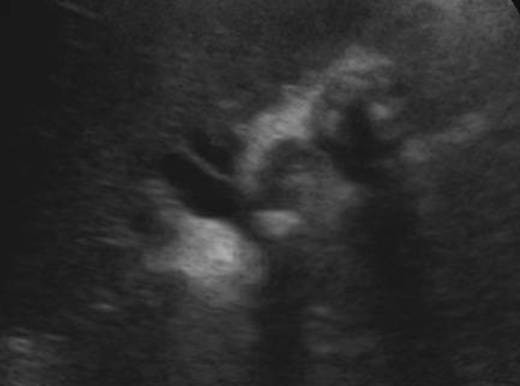


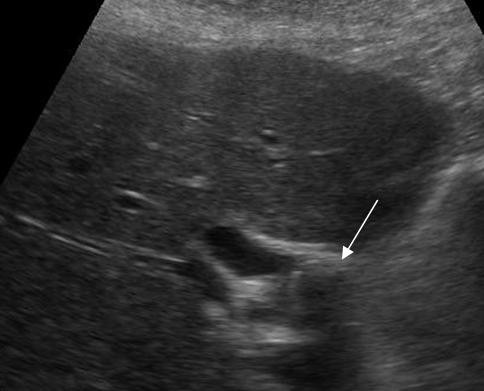
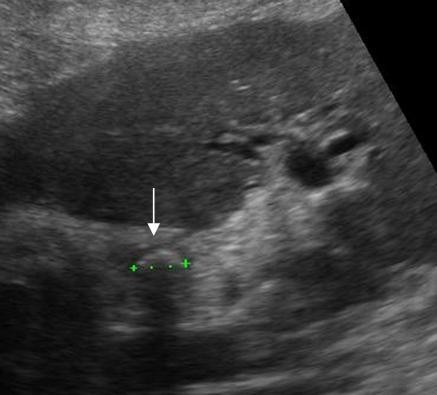
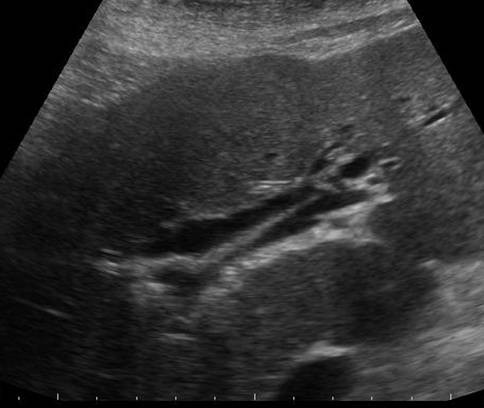
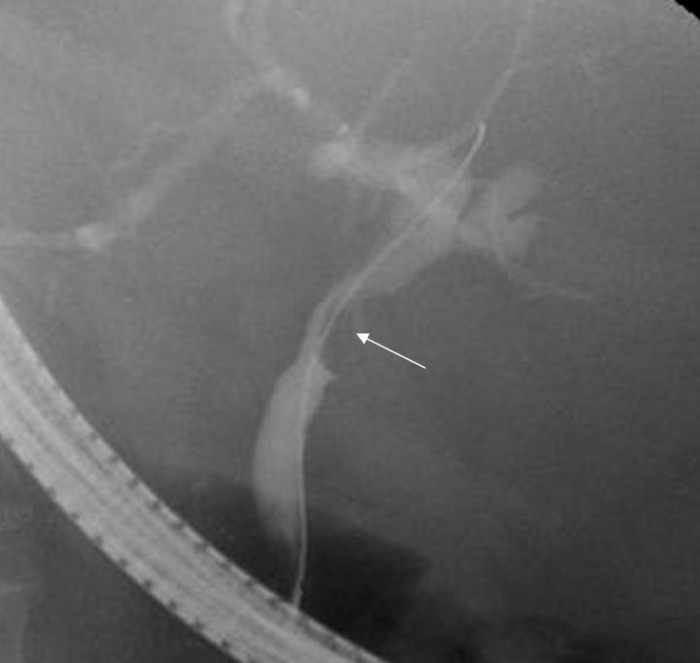
Final Diagnosis
Mirizzi syndrome with dilatation of the common hepatic duct and intrahepatic bile ducts caused by external compression of a stone in the cystic duct
Discussion
Mirizzi syndrome is a rare complication of gallstones and occurs in approximately 0.1% of all patients with gallstone disease. Its main clinical symptom is jaundice. Accompanying features can be fever and right upper quadrant pain. Mirizzi syndrome tends to affect older patients
It is named after Pablo Mirizzi, an Argentinean physician
The jaundice is caused by an obstruction of the common hepatic duct. The obstruction is caused by a stone accompanied by inflammation or scarring. The swelling or scarring is caused by one or more stones that are chronically lodged in the cystic duct or Hartmann's pouch (out-pouching of the wall of the gallbladder at the junction of the neck of the gallbladder and the cystic duct) These stones cause inflammation, necrosis, scarring and sometimes fistula formation into the adjacent common hepatic duct. Mirizzi syndrome can be divided into several types depending on the presence or absence of fistula and the size of the fistula.
The diagnostic features on ultrasound are dilatation of the intra and extrahepatic bile ducts to the origin of the cystic duct or the neck of the gallbladder, were a gallstone can be found. It must be differentiated from a bile duct stone. In a case of a bile duct stone, the stone is completely intraluminal. In a case of a Mirizzi syndrome the stone usually only protrudes partially in the duct, or the swelling around the stone is seen impressing the bile duct.
On ERCP the bile duct stone is seen as an intraluminal filling defect and can be removed endoscopically. In a case of a Mirizzi syndrome there is usually an eccentric filling defect caused by the protruding stone and or the inflammation and stenosis. The stone can not be removed endoscopically.
The treatment of choice is surgical excision of the gallbladder, and reconstruction of the common hepatic duct and common bile duct.
Often a stent is placed endoscopically first to alleviate the jaundice and to facilitate the surgical treatment
For more examples of Mirizzi sybdrome see www.ultrasoundcases.info
Kelly MD.Acute mirizzi syndrome.JSLS. 2009 Jan-Mar;13(1):104-9.
Freeman ME, Rose JL, Forsmark CE, Vauthey J. Mirizzi syndrome: A rare cause of obstructive jaundice.Dig Dis. 1999;17(1):44-8. Review.